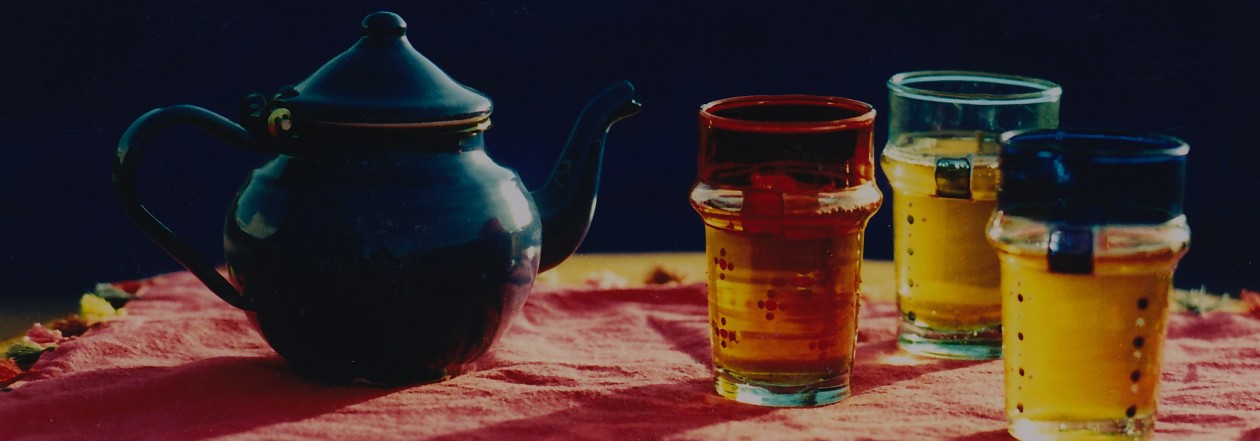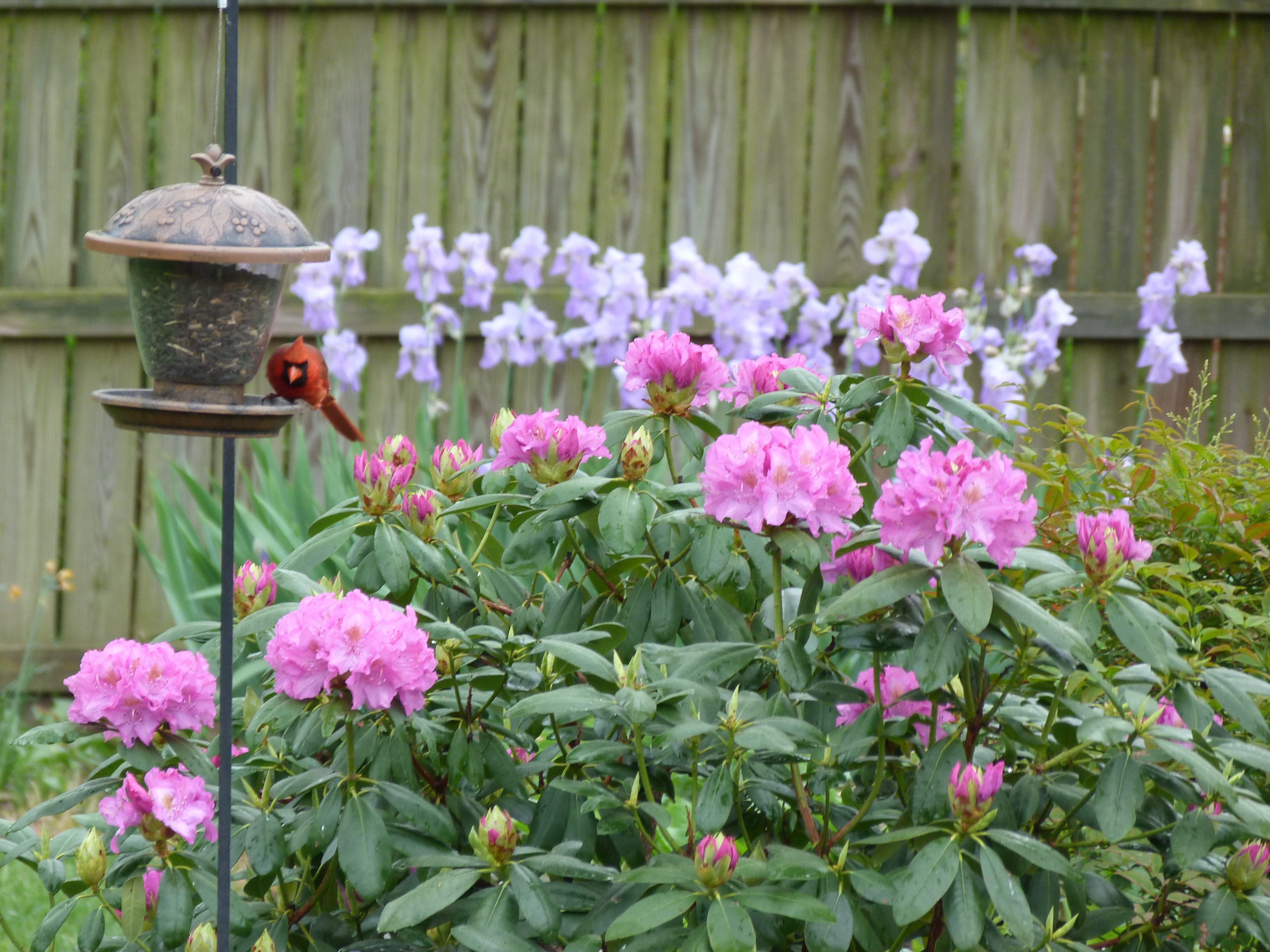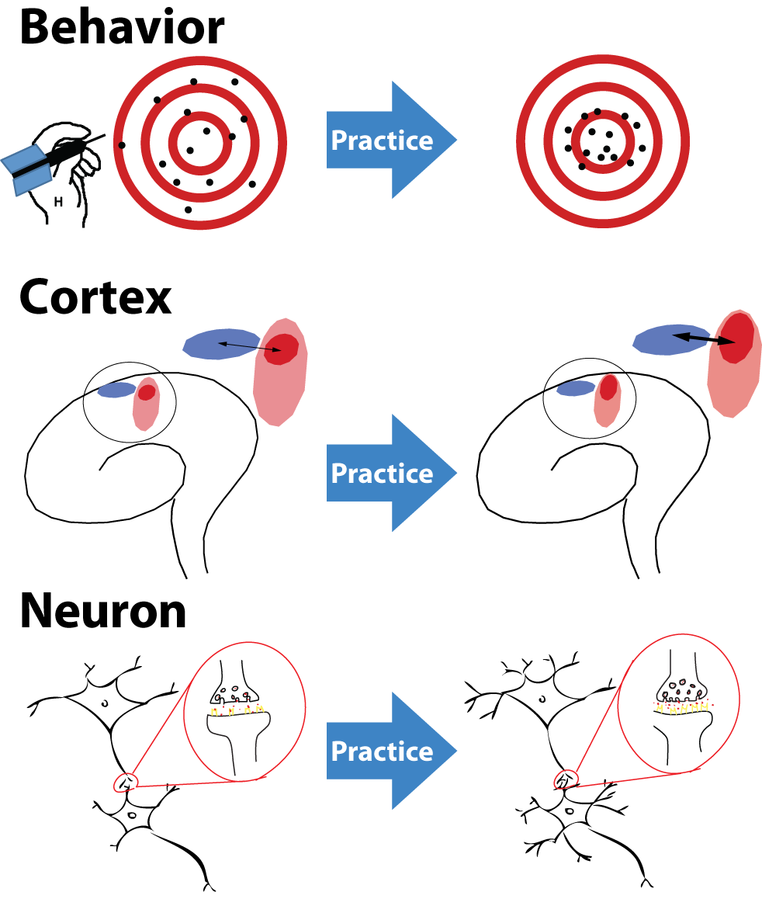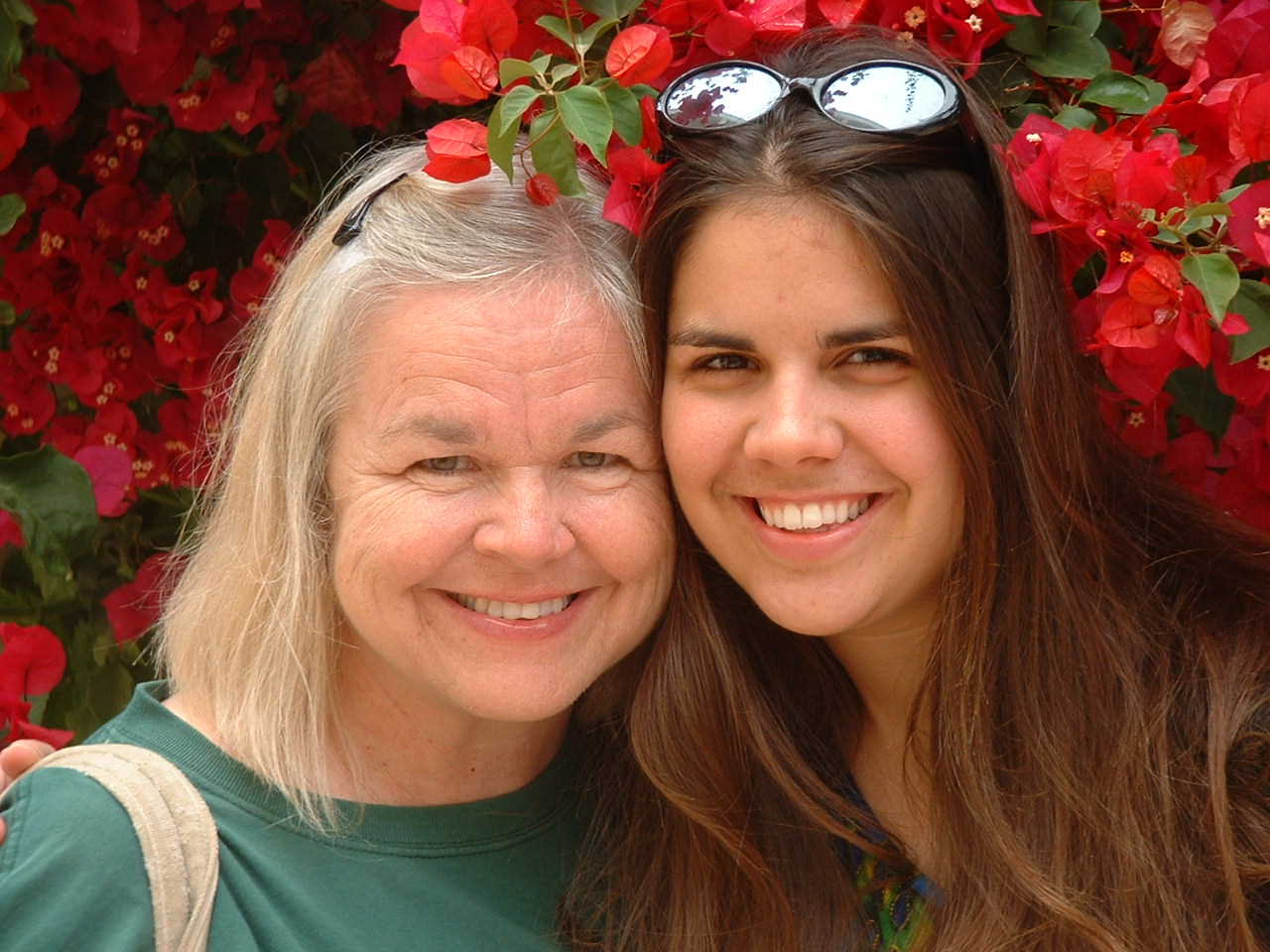Welcome to Friday, Folks! It’s a breezy, warming Spring day. Almost summer. Hope you have a safe and refreshing weekend. Here are five of my favorite finds this week. Please comment below what your favorites are this week. Blessings!
1) Psychological Tricks – Whether we are aware or not, we apply mental processes to our interactions. For better or worse. How we sit in a room, for instance. If we have a problem with someone, we are tempted to sit across from them, rather than beside them. This is actually counter-intuitive because people are less apt to attack the person seated beside them. Another action I’ve learned over the years is to never have a two-on-one difficult meeting. If the meeting requires the presence of three people, the person being disciplined should have one of those persons seated beside him/her, almost as an advocate. The meeting will then be less threatening and potentially more productive. Distractions, like posture and unnecessary verbiage, are easy for us to control with practice.
 Photo Credit: The Power of Ideas, Ideapod
Photo Credit: The Power of Ideas, Ideapod
Saying “I think” or “I feel” is redundant and draws down the power of the message that follows. Also slumping or folding arms across your chest can communicate something other than your intent and again weakens your message. Communicating effectively is worth the study into our own quirks and applying psychological “tricks”. Not to manipulate but to increase message clarity. An interesting article I discovered this week is 15 Clever Psychological Tricks That Everyone Should Know and Start Using Immediately. Rapid read.
[Sidebar: Don’t be put off by a few grammatical errors. The piece doesn’t appear to be written by a native English speaker.]
2) Leadership Hacks – Two of my favorite leadership coaches are Marcel Schwantes and Carey Nieuwhof. Any of us who truly want to be effective leaders would do well to hear their counsel. Schwantes has written a piece entitled: To Be a Strong Leader, There Are 6 Things You Must Give Your People (Most Rarely Do). He delineates what strong leaders give their employees:
- They give employees their ear.
- They give employees empathy.
- They give employees rewards and recognition.
- They give employees space to recharge.
- They give employees plenty of information communicating both the good and the bad.
- They give employees fairness.
 Photo Credit: Flickr
Photo Credit: Flickr
Click here for Schwantes’ commentary on each. Leaders too often think they do well in these areas and thus do not discipline themselves to keep tooled. Unfortunately, if not checked, weaknesses in these areas will permeate a company.
Nieuwhof posted about a growing problem in leadership – Why Busy Leaders Make Bad Leaders. We expect to be busy as leaders because we have loads of responsibility. So why is it that some leaders seem to have the time to be the kind of leader Schwantes notes in his article above? Leaders who delegate and don’t need to control processes or employees are those who most see the value of employees and their impact on the product and customer satisfaction. Read his article linked above. Here is how he closes:
Busy people love to act like they have no choice and they’re oh-so-slammed. Until you catch them binge watching Netflix, or lingering over an iced coffee checking Instagram, or talking for 30 minutes at a workmate’s desk about nothing in particular.
I’m not trying to be judgmental. I’m all for iced coffees and Instagram. It’s just there’s a cognitive dissonance in many of us between what we believe and what’s true.
You have the time for what matters. After all, every leader gets 24 hours in a day. You have the time to get the most important things done. You just didn’t make the time—you spent it doing something else. – Carey Nieuwhof
3) Parenting – Parenting is a tough job and advice abounds. I am cautious in recommending parenting books and articles because the sense of guilt for parents is already sizable. Every child is different and every situation is as well. Having said all that, I do see hope in simplifying one’s family life and environment…just so both the parent AND the child can breathe. Photo Credit: Simplicity Parenting
Photo Credit: Simplicity Parenting
Kim John Payne is a writer, researcher, and speaker in the field of simplicity parenting. Having spent over two decades in the school and family counseling field, he has seen the chaotic nature of family lives and its impact on children. His book Simplicity Parenting: Using the Extraordinary Power of Less to Raise Calmer, Happier, and More Secure Kids is a best-seller. I have not yet read his book but have already been captivated by his teaching on his website.
If all we do is throw away toys as a way to simplify our children’s lives, we are not really dealing with the issue of chaos in their lives. Too often, we replace material possessions with the pursuit of experiences (what we may call social, athletic, or academically enriching). Experiences, especially where our children learn to serve and value others, can be life-transforming. However, we must be careful that experiences don’t continue to cause our littles to be over-stimulated making them addiction-prone in later years. Needing more, more, more to be satisfied.
Check out Payne’s website, and listen to his lectures both on his website and YouTube. I love when parents write comments (on Amazon reviews, for instance). Some have experienced his prescriptions as heavy and guilting, creating their own form of chaos. The major take-away of all parenting advice must be what speaks to you and your child’s situation. The rest is its own clutter.
YouTube Video – LoveParenting: Minimalism – the only 10 TOYS you “need”
According to Harvard Psychologists – Parents Who Raise “Good” Kids Do These Five Things
The Silent Tragedy Affecting Today’s Children
YouTube Video – Raising Children – Jeff Foxworthy
4) Egyptian Food – I’ve spent the last several days in the home of a very good Egyptian friend. She is an incredible cook. Egyptians are known for their hospitality and it was lavished on me in that visit. We had many of my favorite Egyptian foods, and my friend is an outstanding cook. In celebration of that, I wanted to extend to you the recipes of three of those dishes: Macarona Bechamel, Koshari (or Kushary), and Basboosa.
Koshari Photo Credit: Wikimedia
Photo Credit: Wikimedia
Basbousa (Coconut Yogurt Semolina Cake) Photo Credit: Flickr
Photo Credit: Flickr
5) Pressing On – A friend of ours, Marlo Salamy, writes a blog about life, God, and her family following the death of their youngest, Anna, to cancer in 2007. I’m always touched by the honesty and faith reflected in her writing. In this week’s blog, What Matters, she writes about how we might act in the potential lost moments of our lives. Her illustration is from the tornado that blasted through Joplin, Missouri, when over 100 people lost their lives on May 22, 2011. The video posted in the blog makes you think. Wow!
YouTube Video – Aftermath of First Person Joplin Tornado (shown above in Marlo Salamy’s blog) – https://www.youtube.com/watch?v=W-P4P68YyNM
Bonus: Spotlight Syria
https://www.youtube.com/watch?v=W_6aXNB77us or https://www.facebook.com/ajplusenglish/videos/966031366871704/
































































